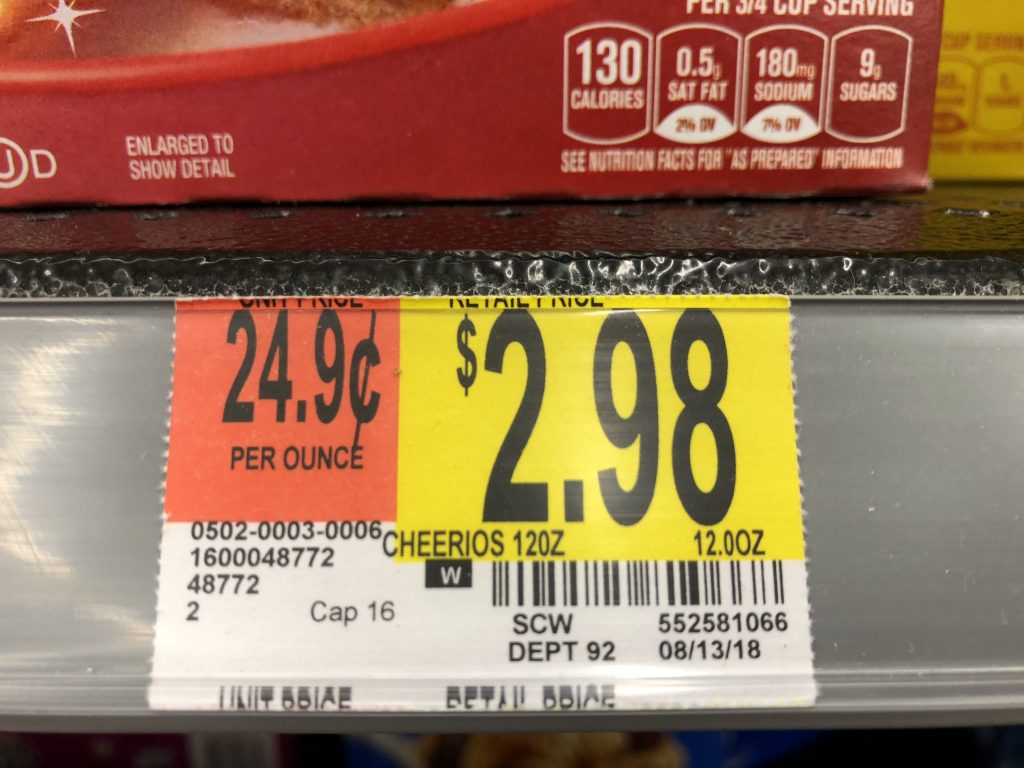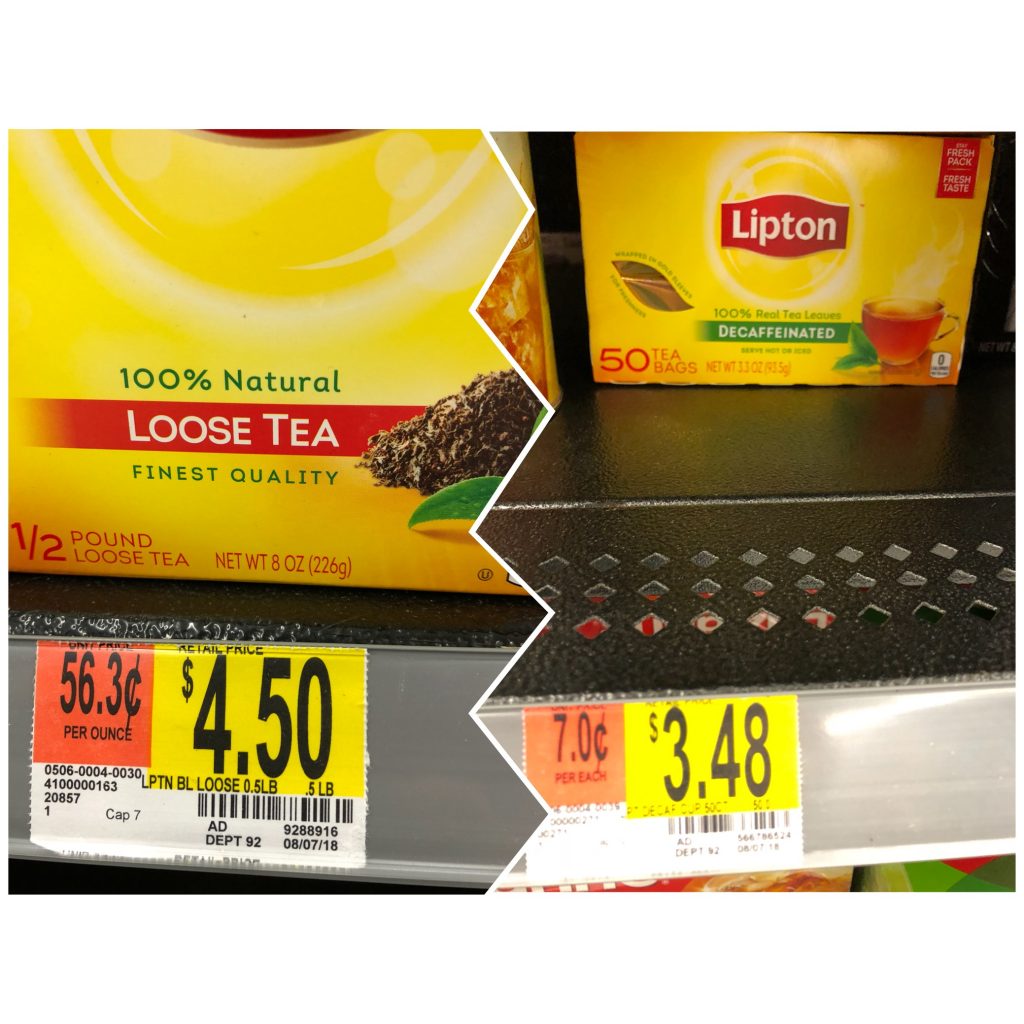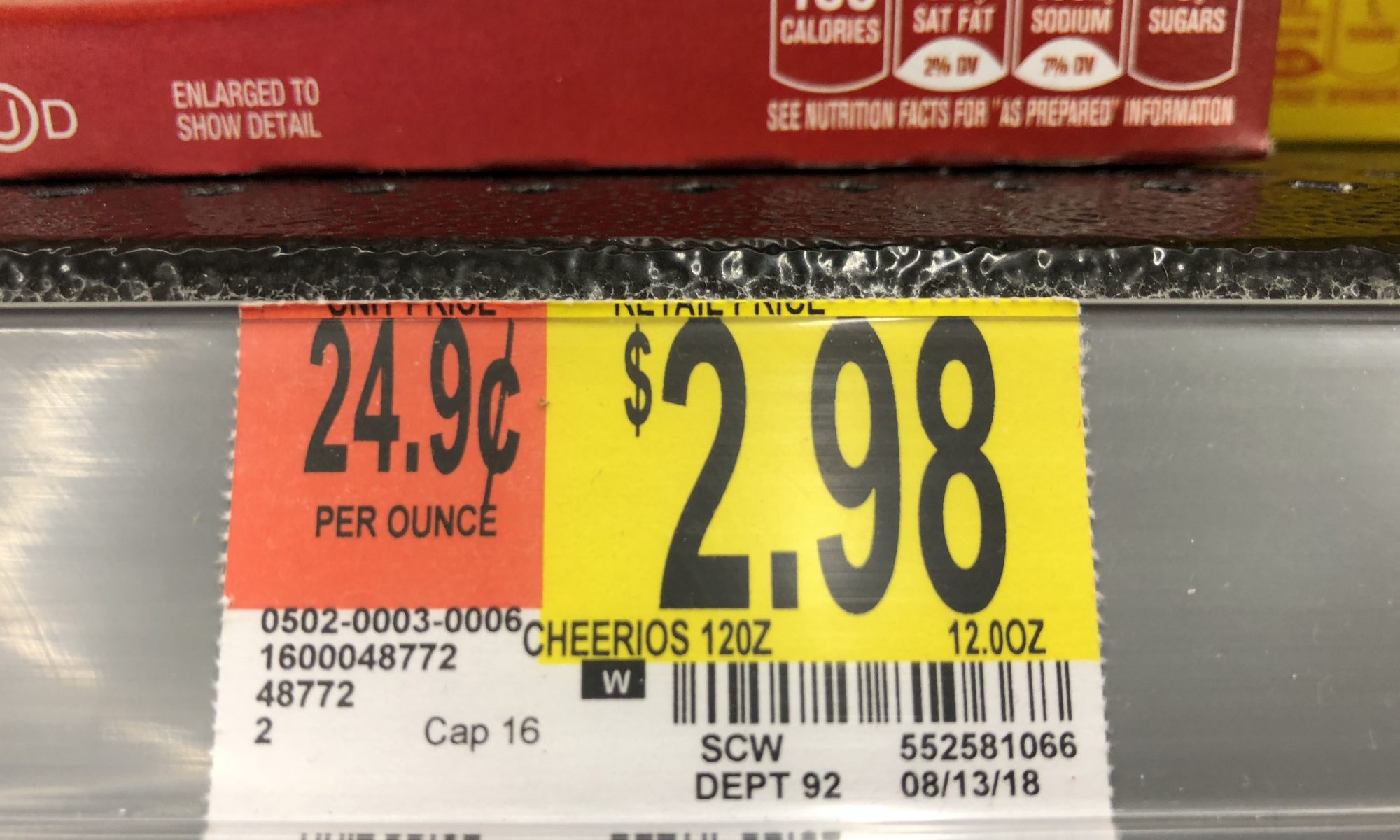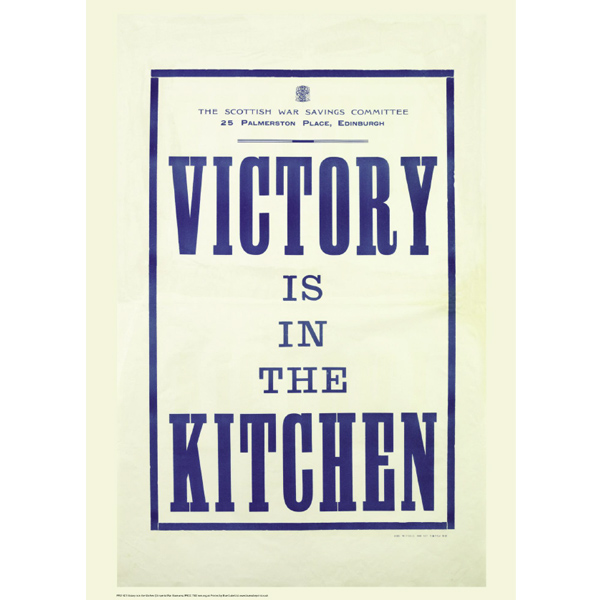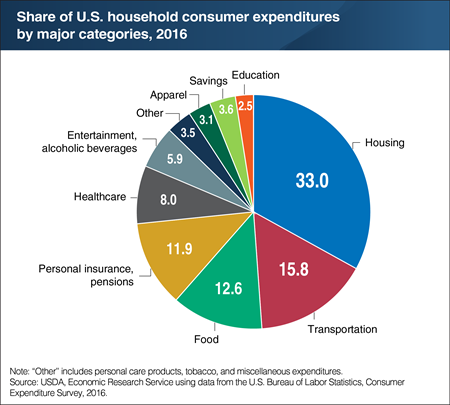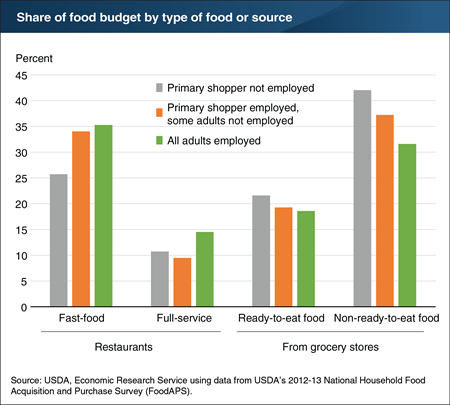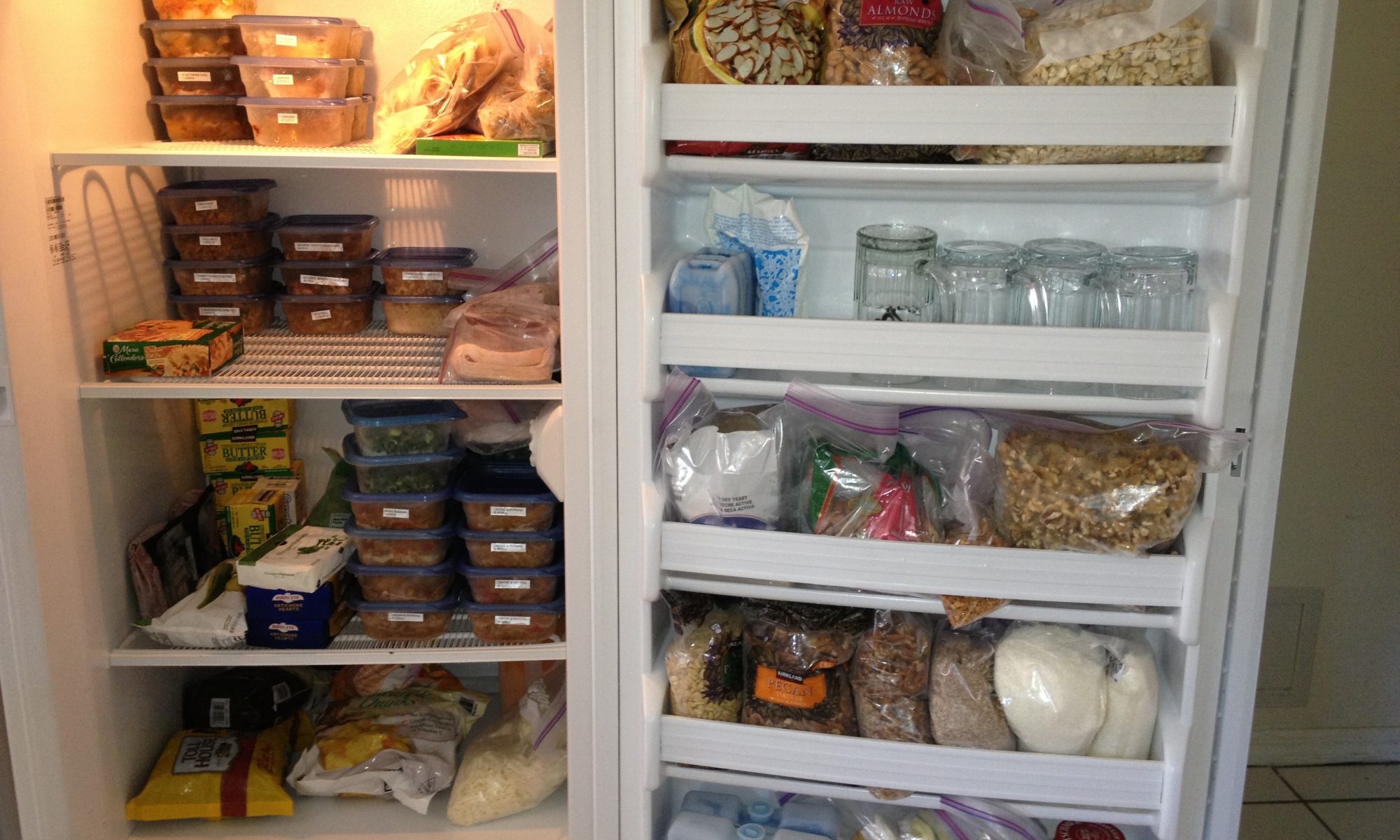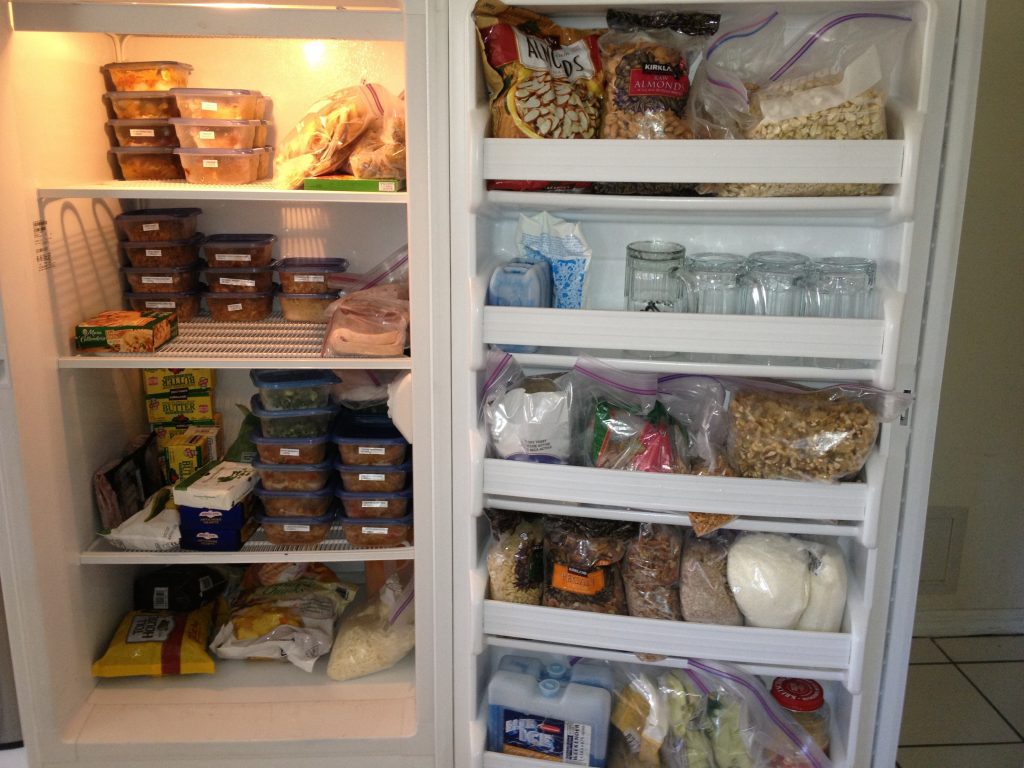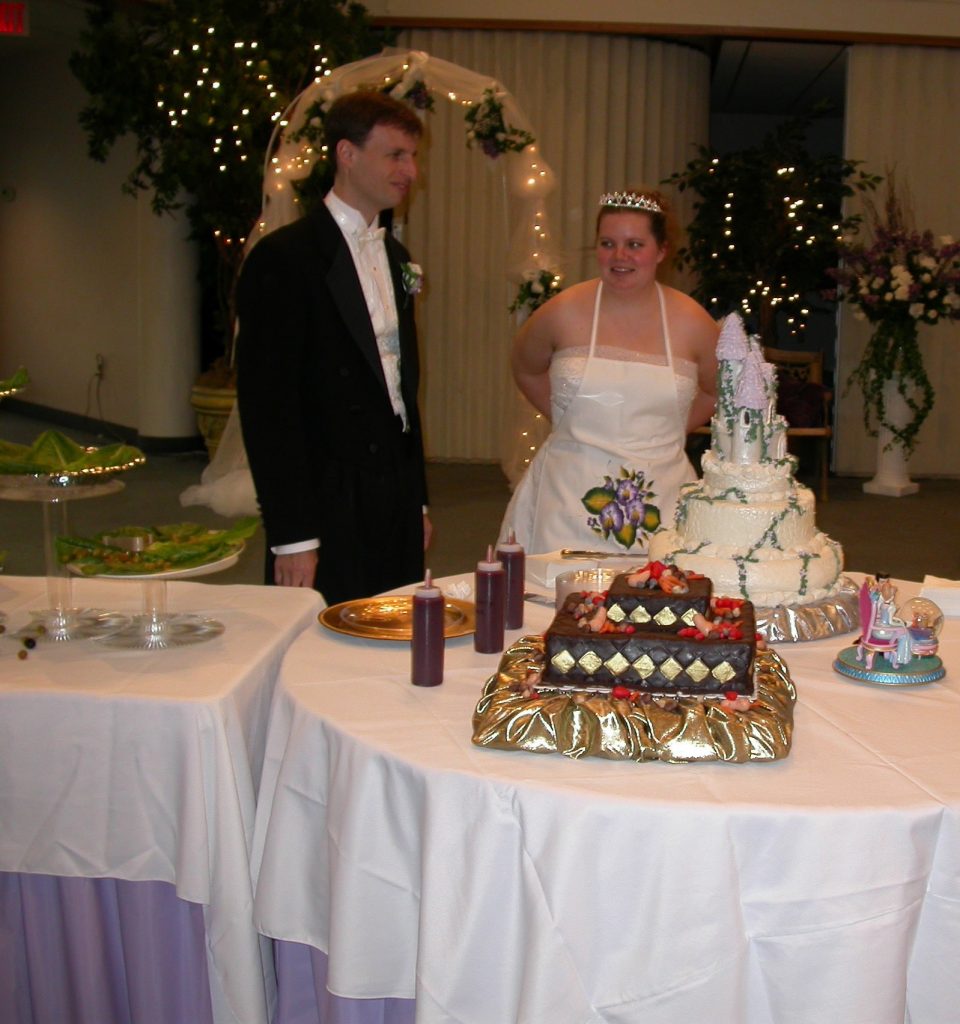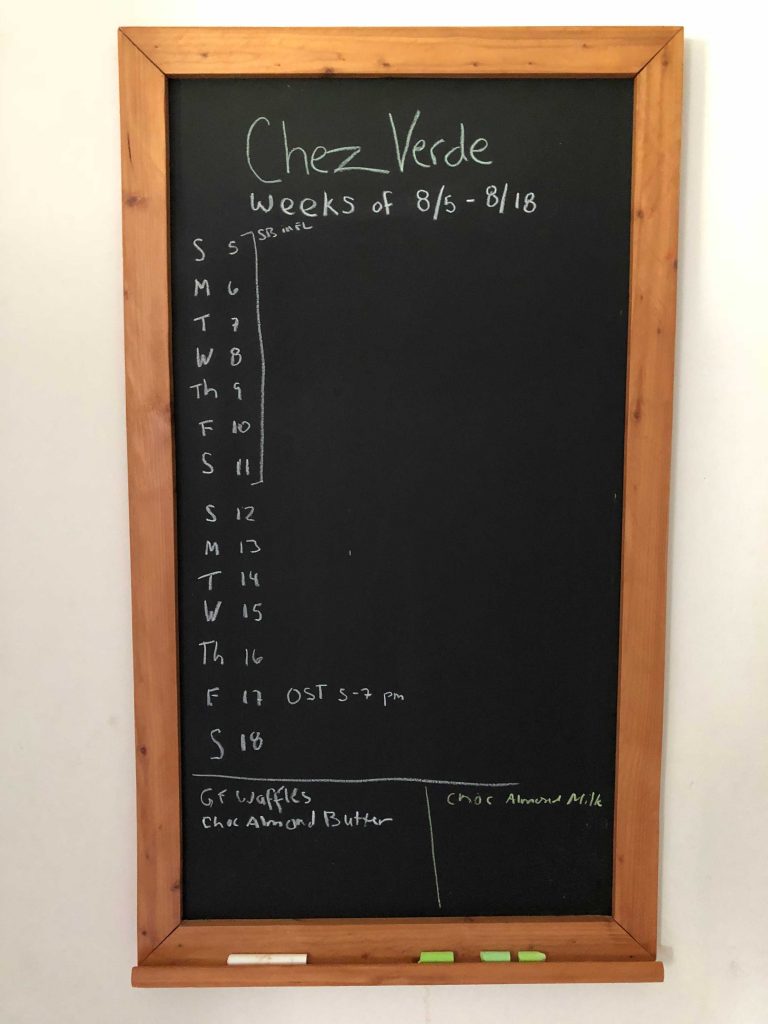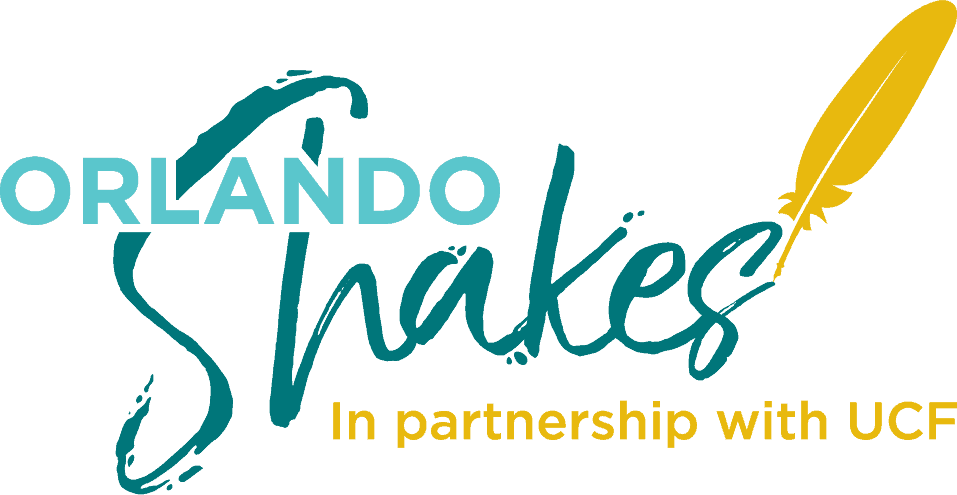Some information in this post comes from the Press Kit available for public download on Orlando Shakespeare Theater’s website. Orlando Shakespeare Theater did not pay for this post, nor did they provide free tickets, merchandise, or any other benefits in exchange for this post.
In 2002, Chris and I moved to the Orlando area from the Boston area. For many years, I complained that we moved to a cultural void. I missed the theater, author readings, art museums, and other cultural institutions in Boston. Over the years I learned about Orlando’s cultural institutions, but I wasn’t visiting them. Between 2007 and 2011, my schedule was insane. But in the latter half of 2011 the insanity dwindled. Chris and I were looking for interesting things to do. I figured it was time to put my money where my mouth was and actually visit some of Orlando’s cultural institutions. After all, I had no right to complain if I never took advantage of the obvious cultural opportunities Orlando does offer. One of the first things we did was buy tickets for several of Orlando Shakespeare Theater’s shows. I adored them all and when they opened up season ticket subscriptions for the next season, we bought them. We have been season ticket holders ever since.
History
The Orlando Shakespeare Theater as we know it today grew out of the University Central Florida. In the early 1970s, English Professor Stuart Omans and his students traveled to local high schools to perform scenes from Shakespeare. Subsequently, the National Endowment for the Humanities gifted UCF a grant for the Teacher Training Institute. In 1975, Dr. Omans organized a teacher-produced production of Shakespeare’s A Midsummer Night’s Dream. Four years later, UCF received a second NEH grant of $150,000 to produce Hamlet: The Renaissance Mind. In 1987, UCF released Omans from teaching and charged him with starting the UCF Project for the Development of Humanities and Fine Arts. Their goal: the establishment of a Shakespeare festival. UCF provided administrative offices and salaries for the Artistic Director, Business Manager, and Secretary.
Omans needed a space for the festival. He contacted the City of Orlando and Walt Disney World, both of whom agreed to donate funds for the expansion and renovation of the bandshell at Lake Eola in downtown Orlando. Omans established the Orlando Shakespeare Guild, which held its first fundraiser at the Enzian Theater in 1988. In 1989, the Orlando Shakespeare Festival rented costumes from the Royal Shakespeare Company in Stratford, England, marking the first time RSC lent garments to the United States. In 1990, the Festival’s performances expanded to five-week runs and moved to the spring for warmer temperatures.
1994 marked Dr. Omans final season as OSF’s Artistic Director. Current Artistic Director Jim Helsinger came on board starting with the 1995 season. That year, OSF converted a store in the old Winter Park Mall into a 120-seat venue to house the Festival’s first full-length non-Shakespearean production, Dracula: The Journal of Jonathan Harker. In 1996, the Festival expanded to two fall production performed at the Civic Center. The following year, OSF moved select productions to the Orange County Historical Museum in Loch Haven Park (a building scheduled to be torn down once the History Center relocated). On behalf of OSF, John Lowndes and Gordon Arkin negotiated with the City of Orlando for a long-term lease of the Orange County History Museum building. In 1998, the costume and scene shops were moved into the old museum space.
In 1999, Board Chair Rita Lowndes lead a fundraising campaign to raise $3.2 million to renovate the Historical Museum building as a new home for OSF. The construction company, Jack Jennings & Sons, began demolition and renovation of the soon-to-be John and Rita Lowndes Shakespeare Center in March 2001. On November 30, 2001, OSF held its Gala Opening Night performance of The Taming of the Shrew in the newly renovated theater.
In its new space, OSF continued to grow. In 2002 the Darden Theater for Young Audiences Series expanded to the children’s productions. in 2003, the PlayLab Series, which featured monthly readings and workshops, changed its name to PlayFest and held a 10-day festival of new plays. In 2005, OSF received a large gift from Harriet Lake, with the purpose of creating “The Orlando-UCF Shakespeare Festival Endowment in Playwriting,” a $1 million endowment held by the UCF Foundation for the Development of New Plays at OSF and a playwriting curriculum in the UCF Department of Theater. She also made a four-year commitment to be the presenting sponsor of the newly named “PlayFest! The Harriett Lake Festival of New Plays.” In 2006, OSF changed its name to “Orlando Shakespeare Theater in Partnership with UCF,” to better reflect the Theater’s year-round performance schedule and permanent performance spaces. Locals usually refer to the Theater as Orlando Shakes or simply The Shakes.
Today
Orlando Shakes continues to operate out of the John and Rita Lowndes Shakespeare Center, which is now a 50,000 square foot facility that houses four professional theaters, classrooms, rehearsal halls, patron’s room, catering kitchen, courtyard, lobbies, gift shop, box office, scenic and costume shops, and administrative offices. Their four performance spaces include the 324-seat Margeson Theater, 118-seat Goldman theater, 99-seat Mandell Theater, and the 75-seat Santos Dantin Studio Theater.
The Shakes season includes the seven-show Signature Series, the three-show Children’s Series, an annual Mock Trial in which a character or author from a current production is put on trial with area attorneys and judges arguing both sides of the case, and PlayFest, a festival of readings and exclusive panels. In the summer OST hosts educational camps and The Young Company, a group of talented high school students who perform works of Shakespeare.
The 2017-18 season is now underway. OST is currently staging both Shakespeare in Love and Twelfth Night. The final production for 2017-18 is The Luckiest People which opens on March 28, 2018.
On February 23, 2018 OST announced its complete list of shows for the 2018-19 season, which is their 30th Anniversary season. The shows are:
- In the Heights, opening September 8, 2018
- This is a Lin Manuel Miranda hit show, before Hamilton. Broadway in Orlando is bringing Hamilton to Orlando as part of its 2018-19 season, so you might be able to see the two shows in the same season.
- The Mystery of Irma Vep — A Penny Dreadful, opening October 10, 2018
- A quick-change marathon where two actors play all the roles. It promises to be hilarious.
- A Christmas Carol, opening November 28, 2018
- OST last staged A Christmas Carol in XXX. I love this play and thought OST’s XXX production was the best I have ever seen. I am looking forward to seeing it again this season!
- A Dollhouse, Part 2, opening January 2, 2019
- Hamlet, opening February 6, 2019
- Gertrude and Claudius, opening February 20, 2019
- A prequel to Hamlet, based on John Updike’s book. OST commissioned the play adaptation, with funding provided by John and Rita Lowndes.
- Richard II, opening March 27, 2019
Visiting Orlando Shakespeare Theater
Getting There
The Orlando Shakespeare Theater is located in Loch Haven Park, which is also the home of the Orlando Museum of Art, the Orlando Science Center, the Orlando Repertory Theater, the Mennello Museum of American Art, the Orlando Fire Museum, and the Orlando Garden Club. Many cultural events happen in Loch Haven Park. Events I’ve personally attended include the Fringe Festival, the Maker Faire (which outgrew Loch Haven Park and is now held at the Orange County Fairgrounds), and Veg Fest (which was most recently held at the Orlando Festival Park).
The address for Loch Haven Park is 777 E Princeton Street, Orlando, FL 32803. The park is about 0.25 miles from 17-92 (also called North Mills Avenue) and 0.5 miles from I-4. Princeton Street cuts the park in two. If you are coming from I-4, the Science Center Parking Garage and the Mennello Museum are on your right and the rest of the institutions are on your left.
Sunrail‘s Florida Hospital Health Village is a couple blocks away, but the last train of the night departs earlier than you will be able to get there if you are attending an evening performance at the Orlando Shakespeare Theater and Sunrail does not operate on weekends or holidays. Buses do operate along Princeton, with a stop close to Loch Haven Park, so if you are interested in public transit, check Lynx‘s schedule.
Parking
Parking is $5 in the Science Center garage during the Center’s operating hours, free if you are a member of the Science Center. There is free surface parking in front of the Orlando Repertory Theater and between the Orlando Shakespeare Theater and the Orlando Museum of Art. Once or twice a year, the Council of 101, which supports the Art Museum, holds special events to raise funds for the Art Museum. During those special events, they charge a parking fee for the two surface lots in Loch Haven Park. Anyone entering Loch Haven Park pays the fee, even if you aren’t going to the Art Museum.
If multiple Loch Haven institutions are holding events, parking can be busy. The Orlando Shakespeare Theater website now hosts a Parking and Event Schedule for Loch Haven Park. This schedule lists every event that might affect parking for OST performances. The list includes the event, which venue is hosting, the start and end times of the event, and the number of anticipated guests. On nights when OST expects parking to be particularly challenging, they offer valet parking for $5 cash in front of the Theater. The Parking and Event Schedule lists valet parking if it is available.
We often find the lot between the Shakes and OMART full, so we park in front of the Orlando Repertory Theater and walk across the open grassy area or along the sidewalks to get to the Orlando Shakespeare Theater. In all the years we’ve attended OST, only once have we parked in the Science Center once due to no availability in any of the surface lots.
Food
Unfortunately, the only food option actually in Loch Haven Park is the Subway on the first floor of the Science Center, which is only open when the Science Center is open. There is an entrance from Loch Haven Park directly into the Subway, if you would like to eat there. Florida Hospital is about three blocks away, and you can eat in their cafeteria. It’s been a while since I’ve eaten there, but by all accounts the food is decent. Since Florida Hospital is a Seventh-day Adventist Hospital, the cafeteria offers a number of vegetarian and vegan options; it does also offer meat. There is a Panera on the corner of Rollins Avenue and Orange Avenue, about a 0.4 mile walk from Orlando Shakes. Across the street from the Panera, there is a Wendy’s.
Orlando Museum of Art hosts 1st Thursdays, which they bill as “Orlando’s original art party.” Your $15 admission (free if you are an OMART member; maybe also if you are a member of an organization with reciprocity, but I’m not sure) gets you into the Museum’s featured exhibit as well as a themed exhibit of local artists. The artists are usually in attendance and the artwork is for sale. You will hear live musicians in the rotunda and there is food available for purchase. 1st Thursdays is 6 pm – 9 pm; the Shakes evening performances start at 7:30 pm. If you get to OMART at 6, you have time to view the art, buy dinner and wine, and make it to the performance on time.
If none of the above appeals to you, you will have to eat before you arrive or, if you’ve spent the day at the Art Museum or Science Center, drive out of Loch Haven Park to find food. Several excellent options exist within a 10-minute drive of Loch Haven Park, on Mills Avenue or Orange Avenue.
In the lower lobby of Shakes, volunteers sell candy bars, packaged cookies, hummus, ice cream, beer, wine, water, and sodas. Drinks are allowed in the theaters, but food is not. Most shows include a 15-minute intermission. Before the show starts, you can pay for drinks and snacks to pick up at intermission. The orders are out on a separate table, so you just pick them up from there and skip the line.
Of Interest
If you are attending a Shakespeare play, be sure to arrive 30 minutes before show time to attend the Prologue, which is free and open to all ticket holders. Someone, often Orlando Shakes’ Director of Education Anne Hering, provides an interactive presentation of the plot, characters, and themes of the play you are about to see. If you’ve never seen Shakespeare and worry that you will have a hard time understanding the show, the Prologue will help overcome those fears. If the source of those fears is reading Shakespeare in high school English class, please, please, please go see a performance. Shakespeare is far funnier and bawdier than I ever realized from reading him in English class!
Our Experience
I adore Orlando Shakespeare Theater. To date, I have seen 40 Orlando Shakes productions and they are consistently excellent in terms of acting, costuming, and production values. OST productions always premiere on a Friday night. They stage two preview performances, on the Wednesday and Thursday before the premiere. Our season tickets are for the Thursday night preview performances. Previews are the first time a show is before a paying audience. One purpose of previews is to see if adjustments are necessary prior to the official opening. Theoretically, in a worst case scenario, the production could be interrupted to make real-time adjustments. However, that has never happened in any of the productions we have attended — even when we went to the 2013 open dress rehearsal for A Midsummer Night’s Dreamand one actor clearly forgot his lines and started doing the Monty Python Black Knight routine instead.
The Signature Series plays are either in the 324-seat Margeson theater or the 118-seat Goldman theater. As season ticket holders, we have the same seats for each performance, in the second row center regardless of theater.
The first play I attended at OST was the 2011 performance of The Importance of Being Earnest. During my freshman year of high school, I lived in England with my uncle’s family and went to school there. In our English class, we spent quite a long time in reading and analyzing this play, but I had never seen it performed. I was enchanted with OST’s performance, and so began my abiding love for OST.
Other personal favorites include:
- the 2012 production of The Complete Works of Shakespeare (Abridged), during which I was held hostage at (plastic) sword point in my seat, just prior to intermission. One character is refusing to perform Hamlet; the other holds an audience member — me for that performance — hostage, insisting the audience member will not be released until the other character agrees to perform Hamlet.
- the 2014 production of Nicholas Nickleby, which was 5 hours long. The play was divided in two parts, played in repertory. I had not read that particular Dickens before. I loved the play and that motivated me to read the book, which was sometimes a bit of a slog.
- the 2016 production of Dancing Lessons, a romantic comedy about a man with Asperger’s who seeks out dancing lessons so he can dance at an upcoming event. The dancing instructor has a leg injury which may end her career and is bitter about it. Both actors gave haunting, beautiful performances, which stuck with me long after I left the theater.
- the 2017 production of Blackberry Winter, about a woman dealing with her mother’s dementia impacted me in a way no other live theater has. I didn’t totally love this show, which is told partly as a fable. The fable parts did not work for me. But when Suzanne O’Donnell, playing the role of the daughter, was on stage she was phenomenal. The show did not have an intermission, and I was wishing for one just to get away from how intensely raw, honest, and unrelenting O’Donnell’s performance was. Given the theme of the play, this is a complement and an effective creative choice as real life doesn’t have an intermission. In only 90 minutes, I got a visceral understanding of what it feels like to live with a family member’s dementia.
- the 2017 production of Antony and Cleopatra, starring Michael Dorn and Caralyn Kozlowski in the title roles. As a long time Star Trek fan, I was thrilled to see Dorn on stage and in such an intimate (118-seat theater!) environment. While he was excellent, Kozlowski stole the show.
My favorite season so far was the 2014-2015 season because the line-up included three of my personal all-time favorite plays: Les Miserables (which I’ve seen a half-dozen times in various locations), A Christmas Carol (which I’ve seen a half-dozen times as a play and is on my must-watch Christmas movie list in almost any of its iterations), and To Kill A Mockingbird (during my senior year of high school, I played Miss Maudie Atkinson in my high school’s production of this play). All three were wonderful. OST’s production of A Christmas Carol is my favorite of any of the productions I have ever seen. I particularly loved the way they handled the Ghost of Christmas Future, which is the most traditional specter Scrooge sees. I literally gasped when this massive puppet appeared on stage.
OST is an absolute treasure and we are lucky to have them here. I will hold Season Tickets for as long as I live here and if I do ever move, OST will be very high on the list of things I will miss.
In Conclusion
You should go to Orlando Shakespeare Theater. Shakespeare in Love and Twelfth Night, both currently running, are excellent shows. See them both. I recommend seeing Shakespeare in Love first because if is a fictionalized account that speculates on Shakespeare’s inspiration for the central character in Twelfth Night. Enjoy!
